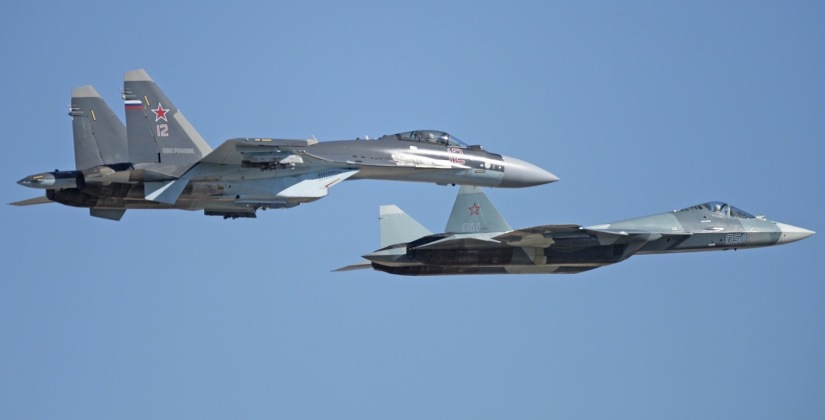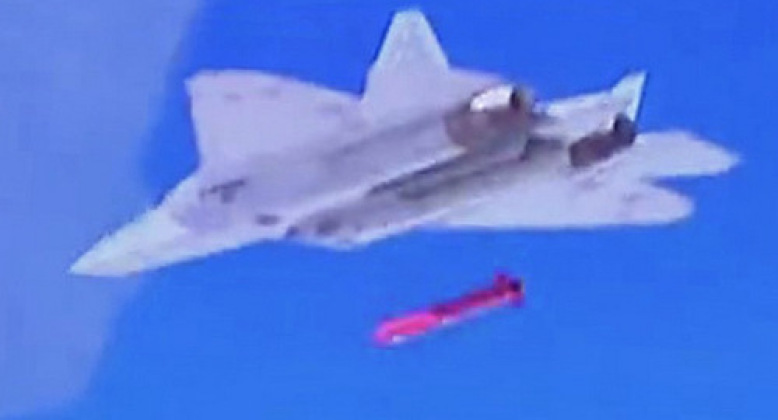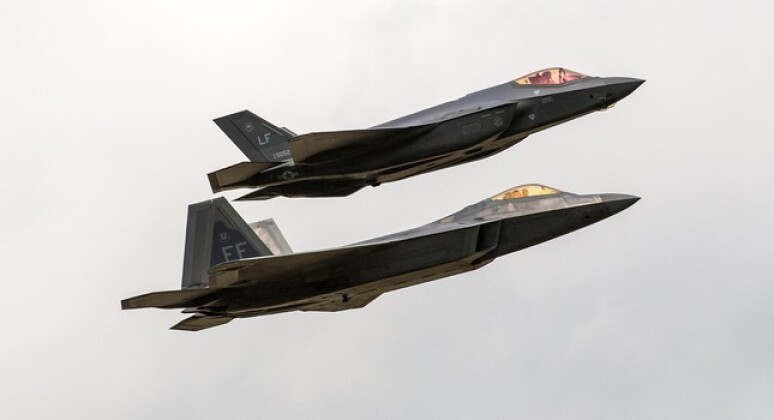The development of Russia’s Su-57 Felon fifth-generation fighter has been delayed several times, and while the first squadron was initially expected to be formed in 2015, 200 fighters are expected to be in service in the country by 2025, with another 100 more in service. The program is far behind schedule for exports, with only 10 currently in service and only 76 expected to be in service by 2028. Nonetheless, the fighter is expected to be produced on a scale beyond that of any current Russian fighter class to meet demand. The Russian Air Force faces not only rapidly growing deployments of NATO fifth-generation fighters across its borders, but also major customers, notably Algeria and India, which are expected to receive large numbers of Su-57s. The Felon was developed as a direct successor to the Soviet Su-27 Flanker heavy air superiority fighter, which entered service in 1984 and, along with its various derivatives, is currently operated by 19 countries, 16 of which have imported from Russia the aircraft. This provides the Su-57 with a very broad customer base worldwide, with countries in the Middle East and Southeast Asia showing particularly high interest.

While the Su-57 lags behind its U.S. and Chinese counterparts in stealth capabilities, it has strong performance advantages in a wide range of areas. These range from its durability and maneuverability, to its engagement range and sensors—six radars and an IRST provide a very high level of situational awareness and electronic warfare capabilities, while the L-band AESA radar provides the ability to counter stealthy targets. Potential. the fighter is also the only fighter of its generation to be deployed for high-intensity combat against state actors, and its operations in Ukraine have involved not only air-to-ground strikes but also more complex operations, including suppressing Ukrainian air defenses , and even BVR air combat was reported. As the Su-57 is expected to continue to conduct combat operations against Ukrainian forces and their growing numbers of NATO-supplied hardware for the foreseeable future, this is expected to allow Russia to further refine the design, potentially increasing its attractiveness in global markets. There has also been speculation that if Ukraine received F-16 fighter jets from a NATO member (the F-16 is by far the most widely used fighter type in the West), the Russian Air Force might use the Su-57 to destroy the aircraft in order to destroy them. further enhance its reputation. The next generation of aircraft will be able to safely engage the F-16 from far beyond its range in retaliation.

Although the Su-57 has a range of features not found in other fighters of its generation, one of the most important attractions may still be its life cycle cost. The fighter is estimated to be by far the cheapest fifth-generation fighter to procure, with an estimated flight cost of about half that of its more ambitious Soviet predecessor, the MiG 1.42, and less than that of its lighter single-engine American rival. Half of the F-35. Each plane costs about $35 million (depending on the ruble exchange rate), making large-scale purchases very affordable – although that price does not include the cost of fuel, training, weapons, spare parts and maintenance infrastructure. More importantly, however, the Su-57 reportedly has a lifecycle cost comparable to the Flanker, making a one-for-one replacement of a fourth-generation fighter with a fifth-generation successor potentially very feasible. A significant contributor to this was the integration of the new Saturn 30 engine, which has lower maintenance requirements and lower operating costs than the previous AL-31 and AL-41 powering the Flanker. Another is to use innovative solutions like radar-absorbing fiberglass to avoid the use of special coatings like those used on American fighter jets.

Although the US F-22 and F-35 cost 60-100% more to fly per hour than their fourth-generation predecessors, the F-15 and F-16, this The cost of transitioning from the Flanker to the Su-57 is still very low. For example, the life-cycle operating costs of the F-22 are estimated to be over $800 million (not including upgrades), of which flight costs account for only about $140 million, and extreme maintenance requirements are a significant factor in the Air Force canceling most upgrades. Produce and begin airframe decommissioning decades in advance. In contrast, for operators of older Flanker airframes such as the Su-27 built before the turn of the century, the higher operating costs of these older models (which increase with wear and tear over the decades) may make purchasing The Su-57 became the cost saving option due to the savings in operating costs. In fact, this is even more the case for the Algerian Air Force, where the Su-57 is expected to replace first not the Flanker, but the MiG-25, an older, heavier interceptor whose operating cost is that of the Flanker. country’s highest. world. Increased operating costs also often lead to lower availability, especially the F-22 and F-35, where the availability of the easier-to-operate F-16 is still much higher, meaning that in Russia’s case the availability of the Su-57 The rate is likely to be easy to maintain and at a level comparable to that of a flanker. While the Flanker is not cheap to operate due to its sheer size, avoiding the increased operating costs and maintenance needs of one of the world’s largest and heaviest fighter jets is a leading achievement of the Su-57 program. Similar plans have never materialized.

